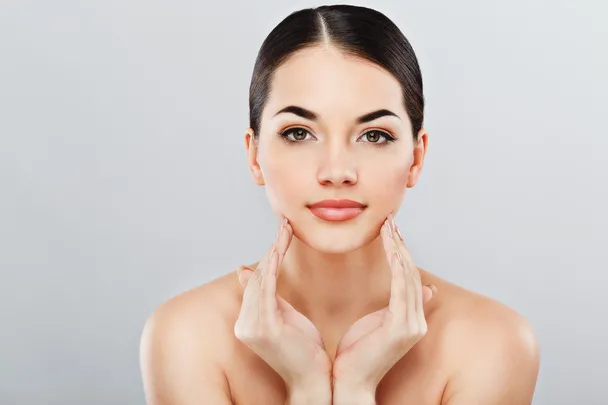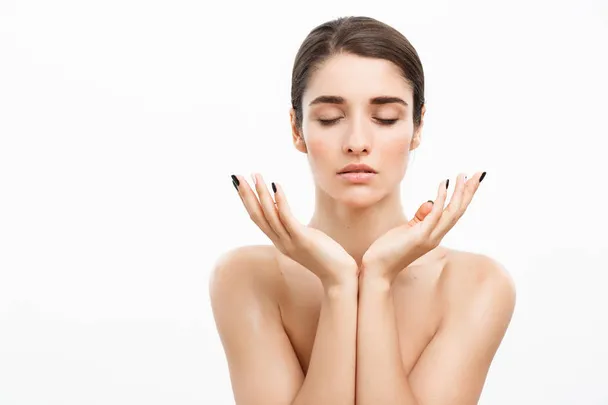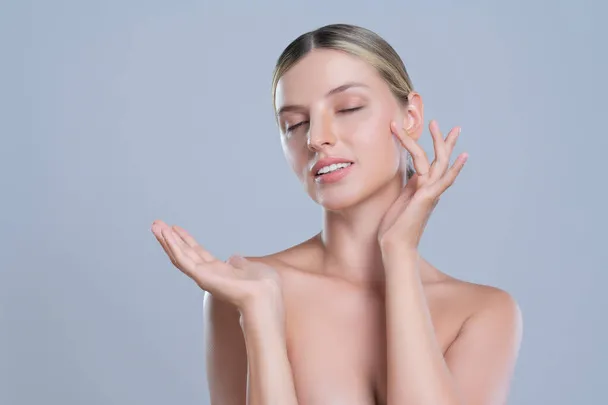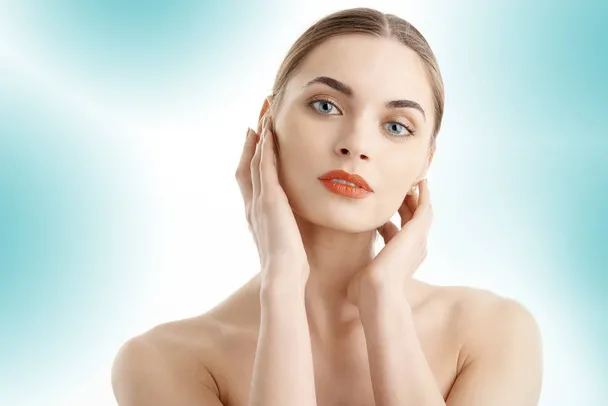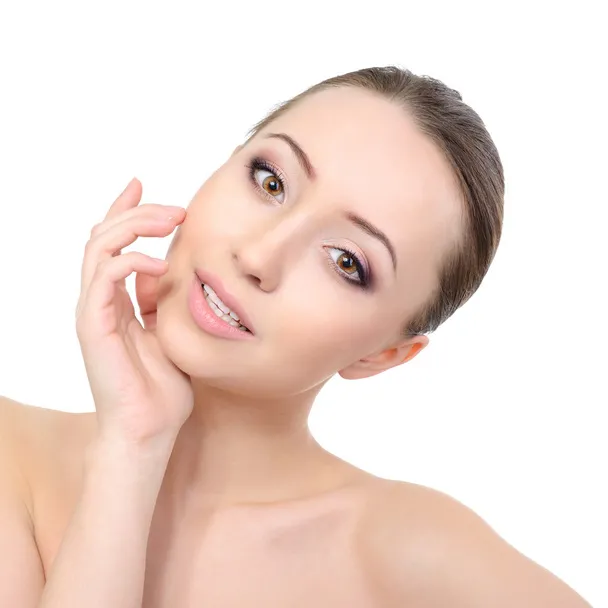Exploring the Nuances of Face Acne and Body Acne: Understanding the Differences and Similarities
Acne is a common skin condition that affects millions of individuals worldwide, regardless of age, gender, or ethnicity. While it predominantly manifests on the face, acne can also occur on various parts of the body, presenting unique challenges and considerations for treatment. In this comprehensive article, we will delve into the differences and similarities between face acne and body acne, shedding light on their causes, treatment options, and preventive measures.
Location and Presentation:
Acne is a prevalent skin condition that affects individuals of all ages and backgrounds, often causing distress and frustration due to its visible manifestations. Understanding the location and presentation of acne, whether on the face or body, is essential for effective management and treatment.
- Face Acne typically emerges in specific areas such as the forehead, cheeks, chin, and nose. These regions harbor a higher density of sebaceous glands, making them more susceptible to acne development. The types of acne lesions commonly observed on the face encompass a spectrum of presentations, including blackheads, whiteheads, papules, pustules, and cysts. The distribution of acne lesions on the face can vary from person to person, influenced by factors such as hormonal fluctuations, skincare habits, and genetic predisposition. Hormonal changes, particularly during puberty or menstruation, often exacerbate facial acne by increasing sebum production and promoting inflammation within the hair follicles. Additionally, inadequate skincare practices, such as using harsh products or failing to cleanse the skin effectively, can contribute to the formation of acne on the face.
- Body Acne, on the other hand, manifests on areas with a high concentration of oil glands, such as the chest, back, shoulders, and buttocks. Similar to face acne, body acne presents as comedones (blackheads and whiteheads), papules, pustules, and in severe cases, nodules or cysts. However, body acne lesions may exhibit a more widespread and persistent nature compared to those on the face. Factors such as tight clothing, sweat buildup, friction, and occlusive skincare products can exacerbate body acne by trapping bacteria and impeding the skin’s natural exfoliation process. The chest and back are common sites for body acne, with lesions often appearing along areas where clothing rubs against the skin or where sweat accumulates.
Contributing Factors:
Several factors contribute to the development of acne, both on the face and body, creating a multifaceted landscape that demands careful consideration and targeted management. Face acne, often the bane of many individuals’ existence, arises from a combination of internal and external factors. Excess oil production, scientifically termed sebum, serves as a primary instigator, as it can clog pores and create a breeding ground for bacteria, notably Propionibacterium acnes. This bacterium thrives in the anaerobic environment within clogged pores, exacerbating inflammation and contributing to the formation of acne lesions.
Hormonal fluctuations also play a significant role in facial acne, particularly during adolescence, menstruation, pregnancy, and times of increased stress. These hormonal shifts can stimulate the sebaceous glands to produce more oil, leading to a higher likelihood of pore blockage and subsequent acne formation. Moreover, hormonal imbalances can influence the skin’s sensitivity to other acne triggers, amplifying the overall severity of breakouts.
In addition to internal factors, external elements exert their influence on facial acne development. Skincare products containing comedogenic ingredients, such as certain oils or emollients, may exacerbate pore congestion and inflammation, perpetuating the cycle of acne. Similarly, friction from clothing or accessories, especially tight headbands or helmet straps, can aggravate existing lesions and contribute to the emergence of new ones. Environmental factors, such as pollution and ultraviolet (UV) radiation, may also play a role in acne pathogenesis by inducing oxidative stress and inflammation in the skin.
Body acne, while sharing many similarities with its facial counterpart, presents its own unique set of challenges. Excess oil production and bacterial overgrowth remain central to its development, particularly in areas rich in sebaceous glands, such as the chest, back, and shoulders. However, additional factors come into play, further complicating the management of body acne. Sweat, for instance, can exacerbate acne by creating a conducive environment for bacterial proliferation and pore blockage, especially when coupled with tight clothing that traps moisture against the skin.
Furthermore, friction from clothing, particularly tight or abrasive fabrics, can irritate the skin and contribute to the formation of acne lesions, particularly on areas prone to frictional forces. Occlusive fabrics, such as nylon or polyester, may further compound the issue by impeding the skin’s natural ventilation and promoting sweat retention. Prolonged contact with environmental irritants, such as harsh detergents or chemical-laden fabrics, can also trigger inflammation and exacerbate existing acne.
Treatment Approaches:
When it comes to combating acne, whether on the face or body, a multifaceted treatment approach is often necessary to achieve optimal results. Recognizing the diverse needs of individuals and the varying severity of acne lesions, dermatologists employ a range of therapeutic modalities to address the underlying causes and symptoms of acne.
Face Acne:
Treatment for facial acne typically encompasses a comprehensive regimen combining topical therapies, oral medications, and diligent skincare practices. Topical treatments serve as the cornerstone of acne management, targeting key pathogenic factors such as excess sebum production, follicular hyperkeratinization, and bacterial overgrowth. Commonly prescribed topical agents include:
- Benzoyl Peroxide: An antimicrobial agent that kills acne-causing bacteria and reduces inflammation.
- Salicylic Acid: A beta hydroxy acid (BHA) that exfoliates dead skin cells, unclogs pores, and reduces inflammation.
- Retinoids: Derived from vitamin A, retinoids regulate cell turnover, prevent pore blockage, and promote the resolution of acne lesions.
- Topical Antibiotics: Such as clindamycin or erythromycin, which target bacterial overgrowth and reduce inflammation.
In cases of moderate to severe acne, oral medications may be prescribed to augment topical therapy and achieve more profound and sustained improvement. These may include:
- Oral Contraceptives: Particularly for females with hormonal acne, oral contraceptives can help regulate hormone levels and reduce sebum production.
- Oral Antibiotics: Such as doxycycline or minocycline, which exert antimicrobial effects and suppress inflammation.
- Isotretinoin (Accutane): A potent oral retinoid reserved for severe, recalcitrant acne cases, isotretinoin effectively reduces sebum production, shrinks sebaceous glands, and prevents acne recurrence.
In addition to pharmacological interventions, skincare practices play a pivotal role in acne management. Gentle cleansing with non-comedogenic products, moisturizing with oil-free formulations, and sun protection are essential components of a comprehensive skincare routine for individuals with acne-prone skin.
Body Acne:
Treatment for body acne mirrors that of facial acne, with an emphasis on topical therapies tailored to the unique characteristics of body skin. Topical treatments, such as those mentioned above, are applied to affected areas to reduce inflammation, unclog pores, and inhibit bacterial proliferation. However, due to differences in skin thickness, sensitivity, and exposure to environmental factors, adjustments may be made to accommodate the specific needs of body acne sufferers.
In addition to topical therapies, lifestyle modifications play a crucial role in managing body acne and preventing recurrence. These may include:
- Wearing Breathable Clothing: Opting for loose-fitting, breathable fabrics such as cotton to minimize friction and allow for adequate ventilation.
- Showering After Sweating: Cleansing the skin promptly after sweating to remove sweat, oil, and debris that can exacerbate acne.
- Avoiding Harsh or Occlusive Skincare Products: Steering clear of heavy, occlusive moisturizers or body oils that may exacerbate pore congestion and inflammation.
By combining targeted treatments with lifestyle modifications and adhering to a consistent skincare routine, individuals can effectively manage both facial and body acne and achieve clearer, healthier skin over time. As acne management is often an ongoing process, continued collaboration with a dermatologist is essential to adjust treatment strategies as needed and optimize outcomes.
Professional Guidance:
Consultation with a Dermatologist:
Seeking professional guidance from a dermatologist is paramount for individuals grappling with persistent or severe acne, irrespective of its location on the face or body. Dermatologists are uniquely equipped with the expertise and resources to conduct a comprehensive evaluation of acne etiology, taking into account factors such as skin type, medical history, and lifestyle influences.
During a consultation, a dermatologist will meticulously assess the underlying causes of acne, distinguishing between factors such as excess sebum production, bacterial overgrowth, hormonal imbalances, and inflammation. Through a thorough examination and possibly additional diagnostic tests, the dermatologist can elucidate the precise mechanisms driving acne development and tailor a treatment plan accordingly.
Importantly, dermatologists have access to a wide array of therapeutic modalities, ranging from topical and oral medications to procedural interventions, ensuring that treatment is customized to meet the unique needs and preferences of each individual. Whether prescribing topical retinoids to promote cell turnover, oral antibiotics to quell bacterial proliferation, or isotretinoin for severe, recalcitrant cases, dermatologists leverage evidence-based interventions to achieve optimal outcomes.
Furthermore, consultation with a dermatologist offers ongoing support and guidance throughout the acne management journey. Dermatologists monitor treatment progress, adjust therapeutic regimens as needed, and provide invaluable education on skincare practices and lifestyle modifications to optimize results and prevent recurrence.
Ultimately, consulting with a dermatologist is not only a prudent step in addressing existing acne but also an investment in long-term skin health and well-being. By partnering with a dermatologist, individuals can gain access to specialized expertise, personalized treatment strategies, and comprehensive care that empowers them to effectively manage acne and achieve clearer, healthier skin over time.
While face acne and body acne share many similarities in terms of causes and treatment approaches, they also exhibit distinct characteristics and may require targeted interventions. By understanding the differences between face and body acne and implementing appropriate preventive measures and treatment strategies, individuals can effectively manage acne breakouts and achieve clearer, healthier skin. With patience, consistency, and professional guidance, overcoming acne on both the face and body is attainable, paving the way for improved confidence and well-being.

